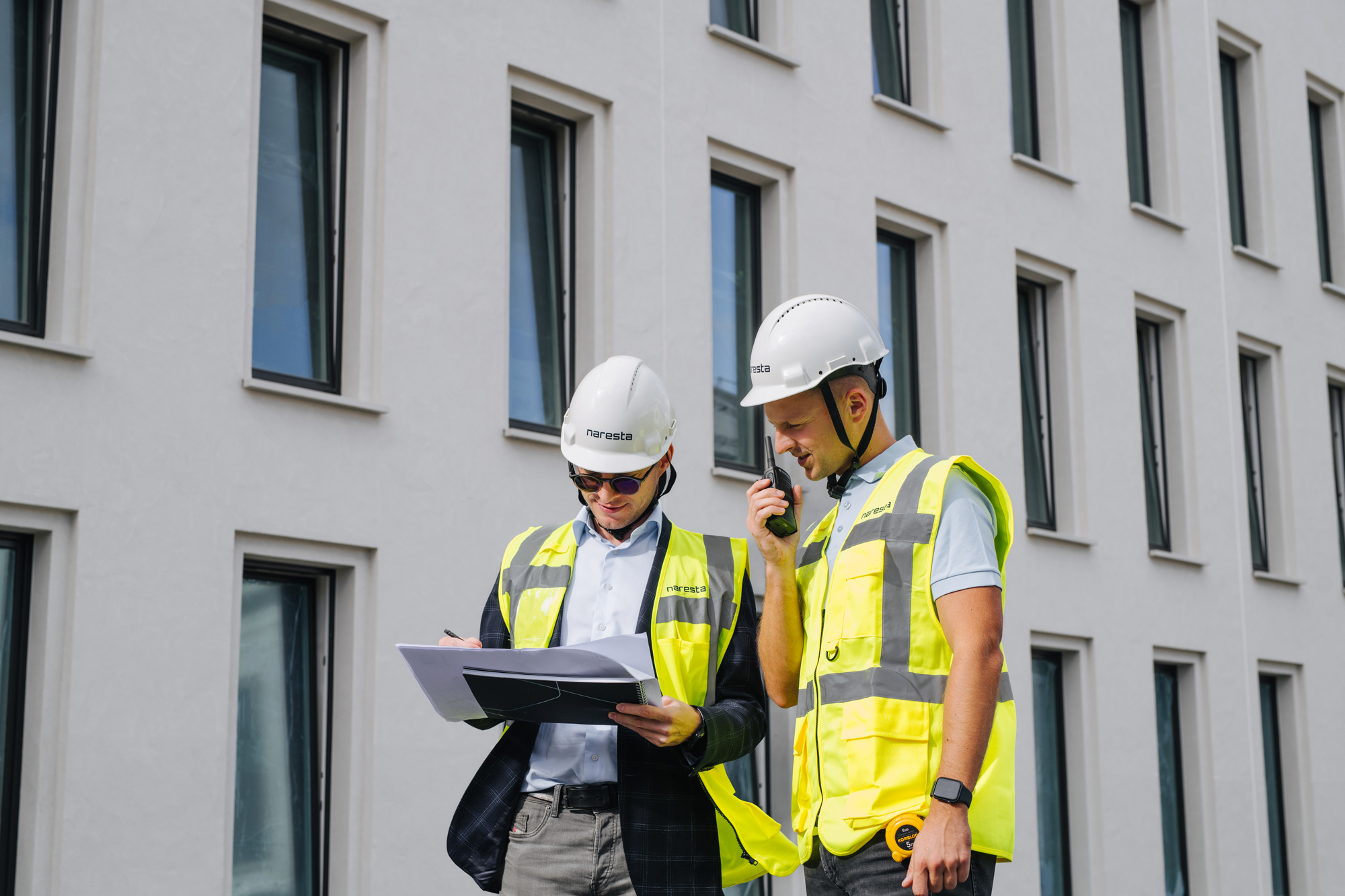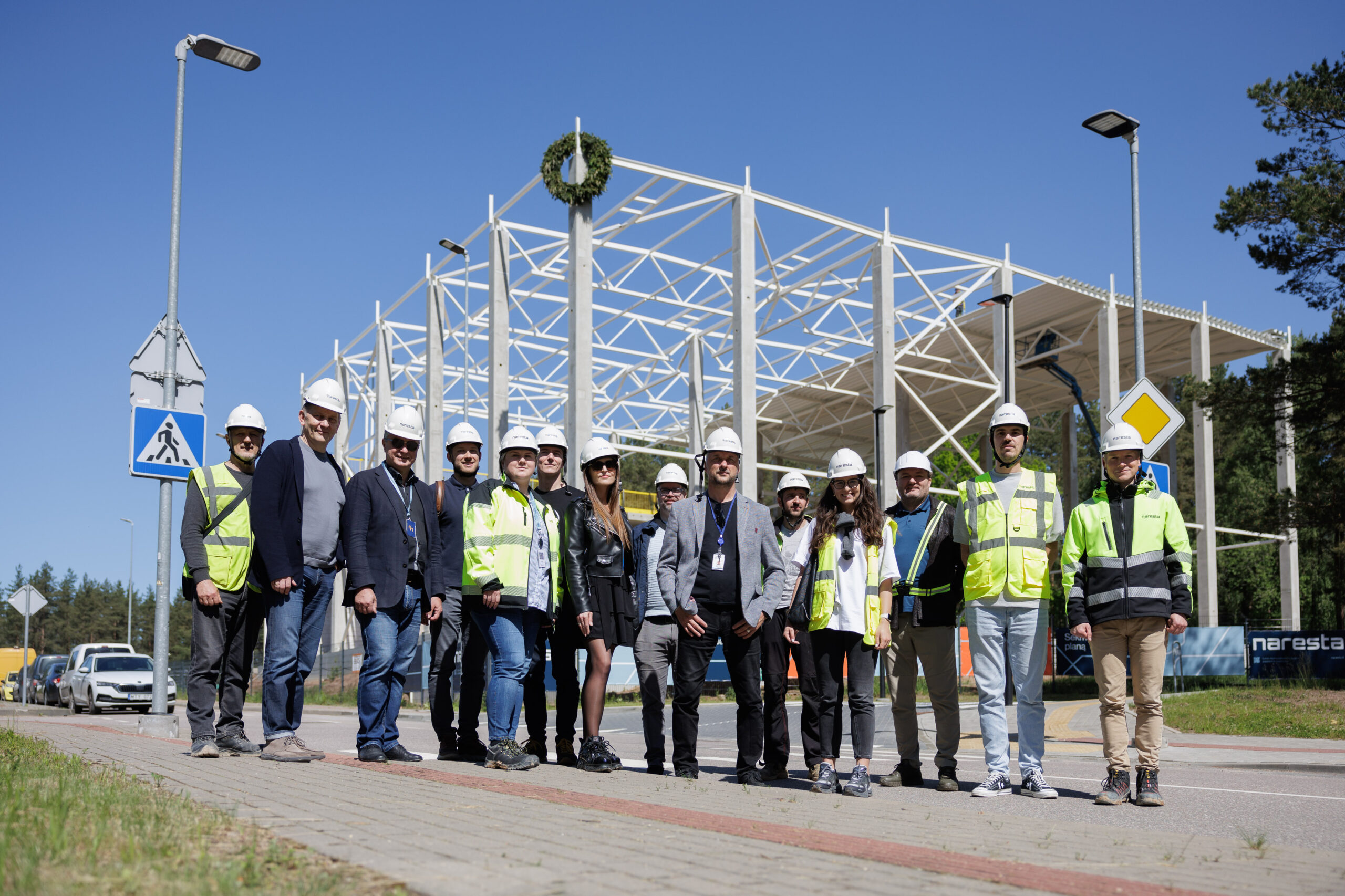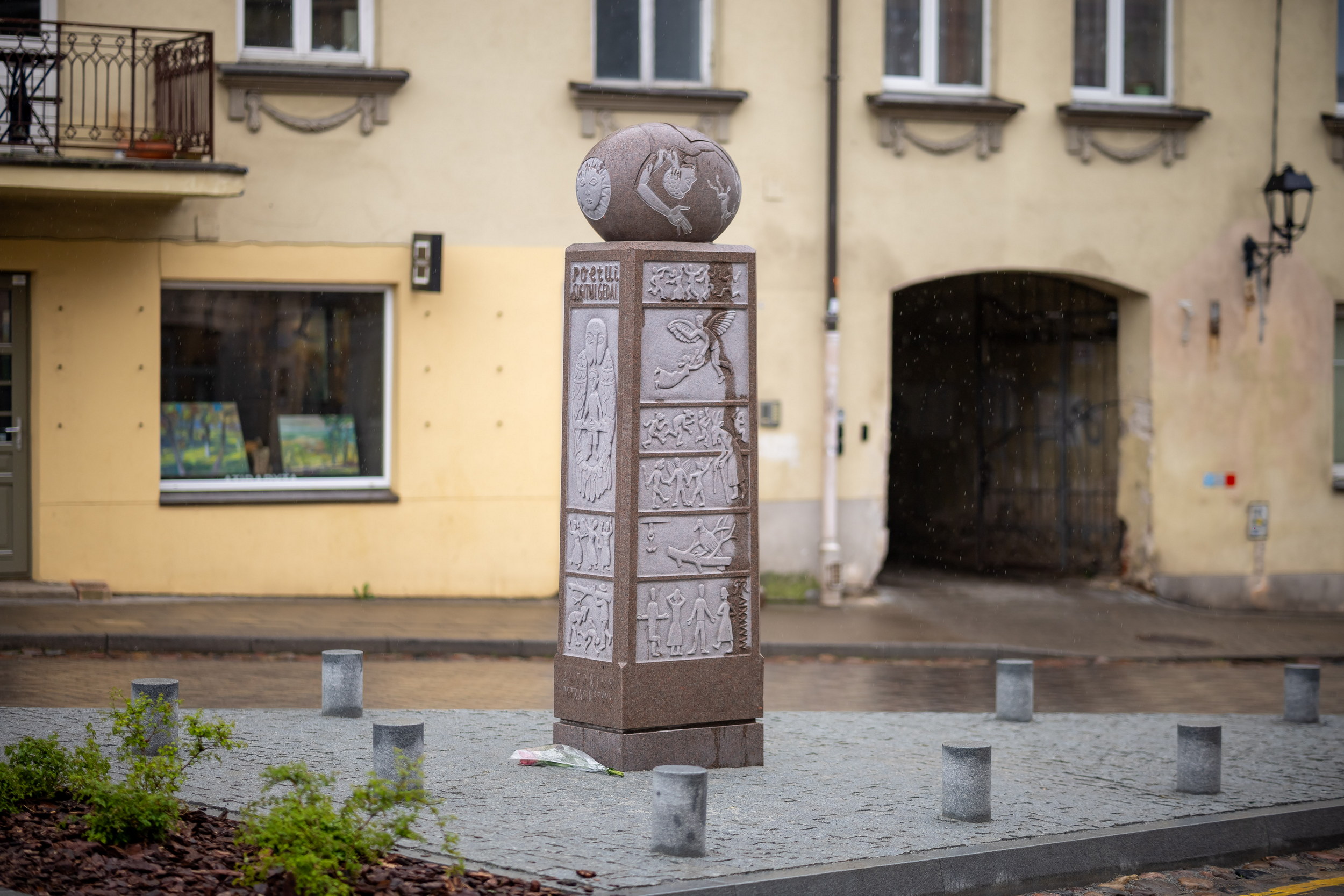The founder of Naresta: According to a specific year, it is worth choosing not only wine, but also home

This year we are celebrating 30 years of activity. In addition to greetings from partners, gifts, and celebrations, it is a great moment to look back at how far the construction market has come during the era of modern state formation. I thought a lot about it, discussed this topic with my colleagues and it became obvious: We did not always go straight to heaven — there were mistakes that gave valuable lessons.
I have divided the changes into 3 categories, one for each decade of our activity.
We understood the importance of reputation
Let us start with the fact that, 30 years ago for most people the word ‘reputation’ was only theoretical. I will not be afraid to say that at that time all the construction in Lithuania was in deep shadow. Although we are still actively discussing the issue of hidden taxes in our community today, unfortunately, cases of non-transparent activity still occur. Today, the shadow economy is still a matter of individual builders, and it may be present in smaller companies, but for the most part the market has been cleaned up. As a community, we still have space to improve, but I am glad that the anniversary has given us the opportunity to appreciate the achievements we have already achieved.
The answer to how this has been achieved lies in the word I have already mentioned — “reputation.” Both the customers and the builders themselves felt the value of trust and good name as the society and its rules changed and thus began to raise the requirements of transparency for each other and for themselves. This self-control is clearly working.
However, reputation does not only cover the financial aspect of the activity. So far, we still must deal with the view that the builder is a drunkard, a liar. We must admit that at the beginning of independence, bad habits and low working culture were not lacking in our country. Even though I still remember how many honourable, hard-working and talented people were already working in construction at the time. When we formed the first small team of Naresta, it was easy to find colleagues who shared the same values. In retrospect, the 1990s may seem like a suspense film about the Wild West, but it is only a very simplified illusion of a much more complex and colourful reality of that time, which contained both good and bad.
Today, the image of builders as hard-working, honest, and true to their word is created and defended by almost all major construction companies. I see that we are slowly succeeding in this: The attitude of customers and society is changing, and the profession returns the lost good name. But there is still a lot of work on this topic.
We learned to build not only beautifully
For those who do not know, it may seem that, having escaped the occupation, the fashion and trends dictated by the East prevailed in the minds of our architects for some time. But that is not true. After 1990s, Lithuanian professionals began to travel to international architectural exhibitions in Munich, Berlin, to get acquainted with the latest international solutions and to take them here, to Lithuania. We wanted to build beautifully and interestingly right away.
The big change occurred when we realized that beauty was not enough. It used to be a joke that if you bought a house built in 1990–1995, you would get a leaky and barely standing ruin. There is a lot of truth in this: There was no quality control, no maintenance until 2000. Therefore, the building was built with the greatest focus on greatness, beauty, not quality and functionality.
The breakthrough happened when we entered the 21st century. Then architects and real estate development companies began to think about comfort: How to build houses in such a way that they are warm and comfortable, and their operation is effective. This period coincided with the first more serious steps of Naresta in the construction of new, larger projects. We were lucky that from the beginning we were able to develop quality engineering systems, use advanced construction technologies, so we can still be proud of our buildings of this period.
Many people probably remember the “castles” of the first decade of independence: individual houses with three or more floors, impressively large. At that time, their owners felt that the bigger the house, the better. This belief also fell in the 2000s: We were taught modesty and rationality by foreign examples and elementary mathematics. Expensive energy resources, rising construction costs, and examples of rational design and planning from Scandinavia followed one after another, so it became obvious: spaces need to be planned according to real needs.
We also discussed a slightly provocative question with the team: If the house should now be chosen only by the year of construction, which would I choose? I have found the answer quite quickly — I would trust construction since 2010. The crisis has taught us a lot about the market. A noticeable change in the approach of real estate development companies has become apparent: it is clear that we can no longer build at the lowest price without paying attention to quality. The sale of a poor-quality product will simply not succeed – the attitude of the public toward construction has changed.
New quality standards were also defined by inexperienced players who came to the market that year: They built with a view to exploitation, the future residents, and their comfort, and invested in the infrastructure of the environment. The rules of the game have changed and since then the construction market has never looked back – we have started to quickly climb the top-quality steps. Obviously, we all win because of that.
Not only the quality of the construction has changed, but also the process of construction: Today we build almost twice as fast. For example, if it took a year to build a house a couple of decades ago, we will now have the same in 6–7 months.
New challenges ahead
However, it is important to recognize that although the construction business has never been easy and simple due to the high risks it carries, today we have challenges that we would not have thought about three decades ago.
Construction, especially in areas where more hard physical work is being done, is decreasingly attracting young people. This is already a big market concern and it is clear that it will only grow in the future. Professions such as bricklayers or concrete workers, with the main construction works in their hands, will be important as long as we build buildings, and fewer young people choose to work in them because of the many simpler alternatives. Attracting them becomes an increasingly prominent topic of market discussions every year and so far, we lack long-term solutions.
Another important aspect, which will soon lead the construction community to rethink its activities, is the calculation of greenhouse gas (GHG) emissions, the declaration of which will become mandatory from next year. This is a positive change. We have taken measurements voluntarily in advance, and I can safely say that a lot of processes, solutions and logistic chains will be forced to change in our market.
I am not afraid to admit that sustainability has existed only in our financial tables so far. For more than a year, it would be impossible to find even a tenth of what appeared in them in the 2000s. We learned to use building materials efficiently, as this let us save money. Measuring emissions, meanwhile, will encourage sustainability for several reasons: the savings criterion alone will no longer be the driving force here.
We have come a long way, and we have much to be proud of. But it is clear that we have chosen to work in an area where there is simply no final goal: After 100 years we will still grow every year and we will have to improve: Apply innovative solutions, technologies.



